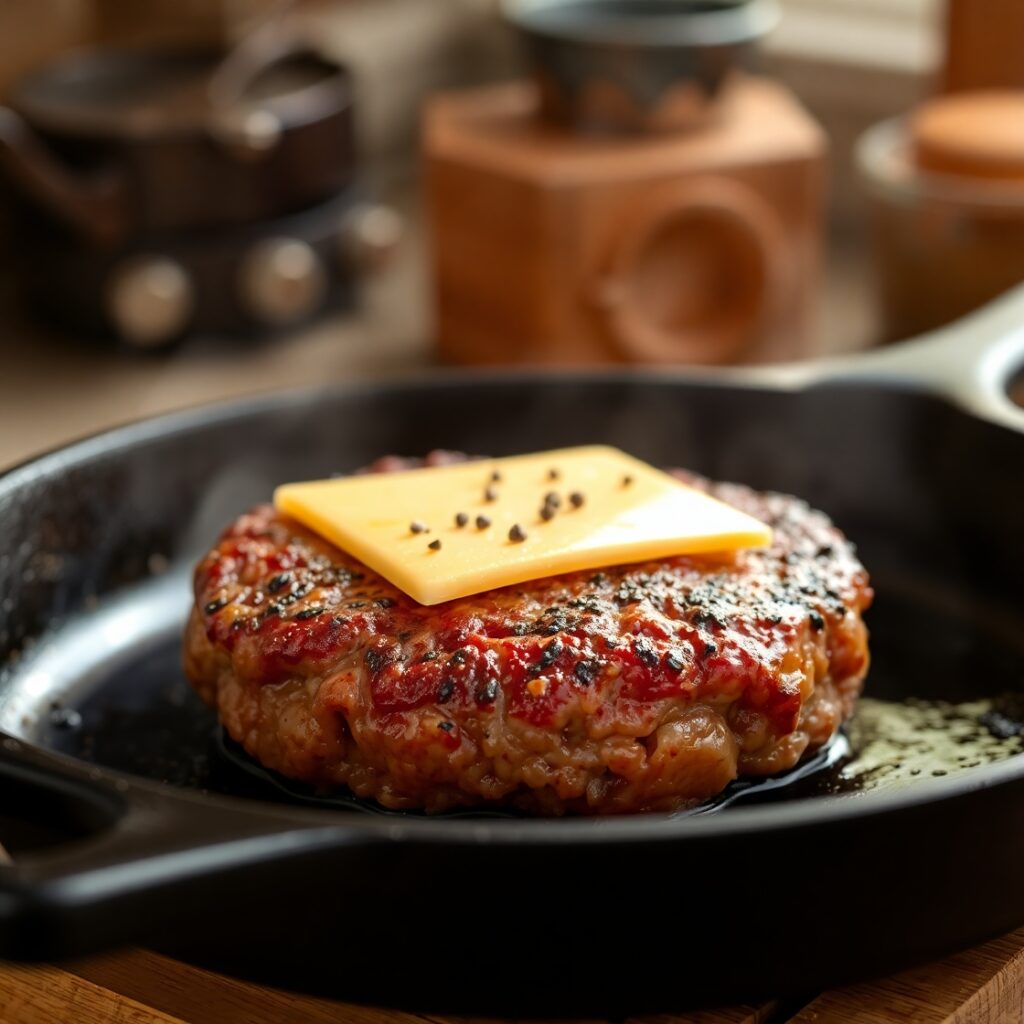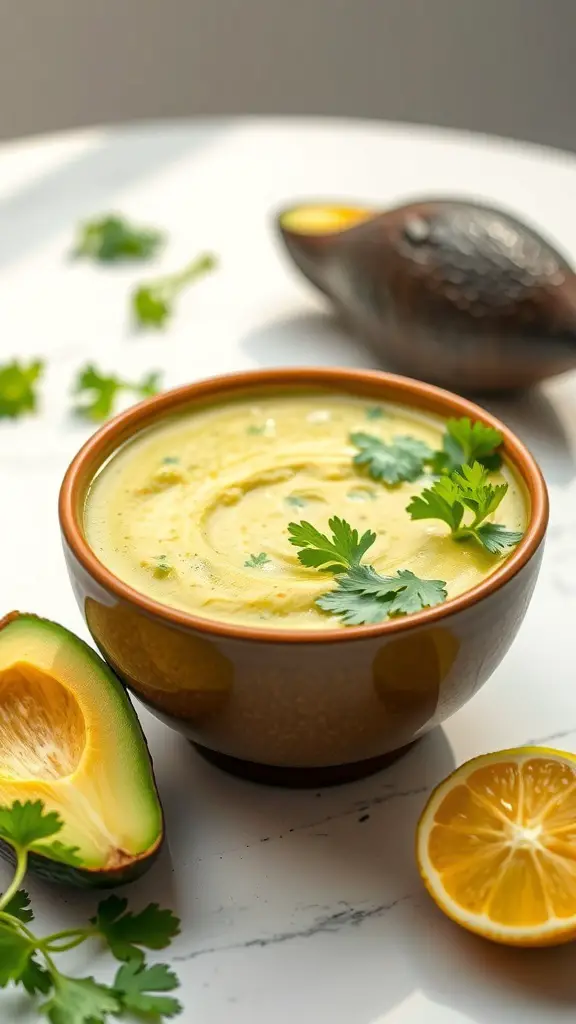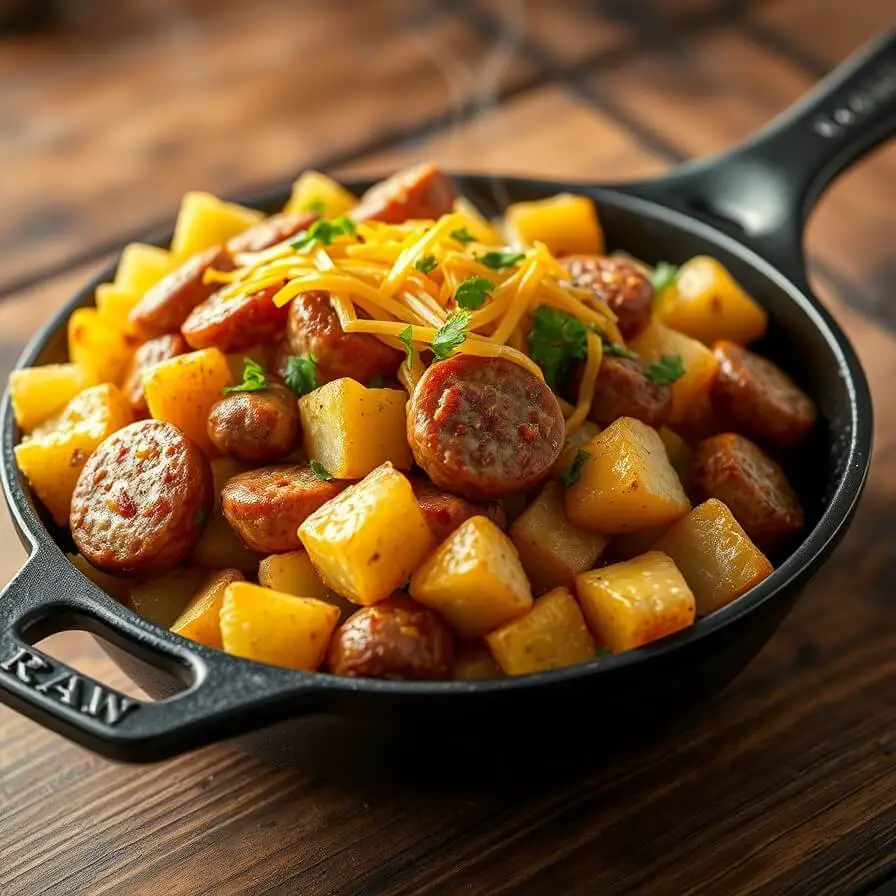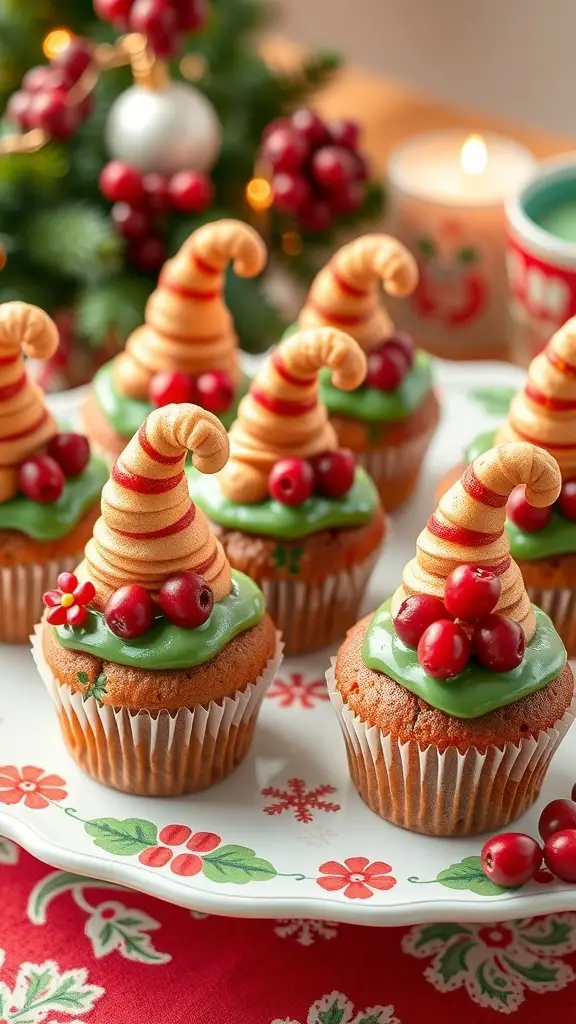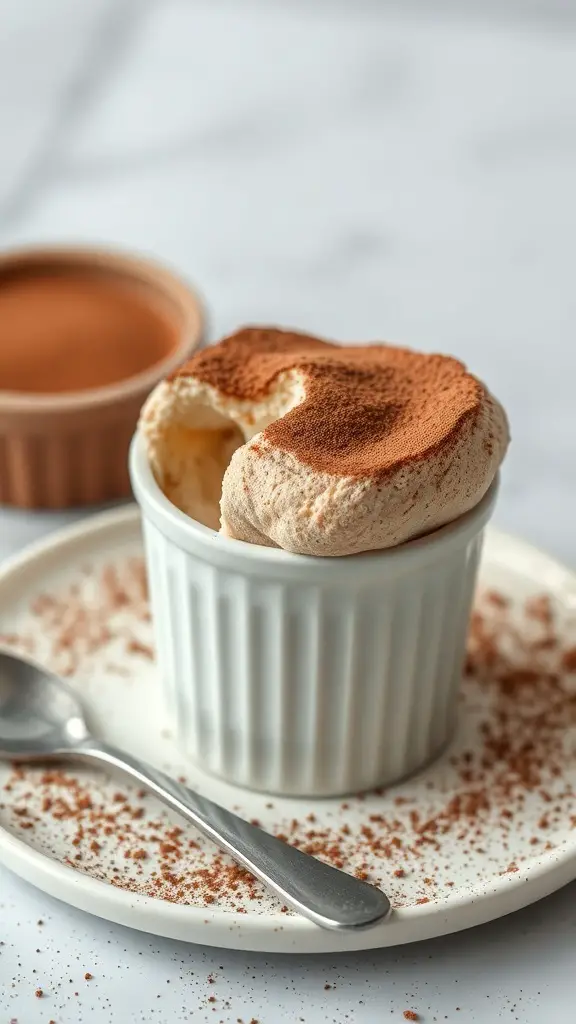Best Hamburger Patty Recipe (Grill or Stovetop!)
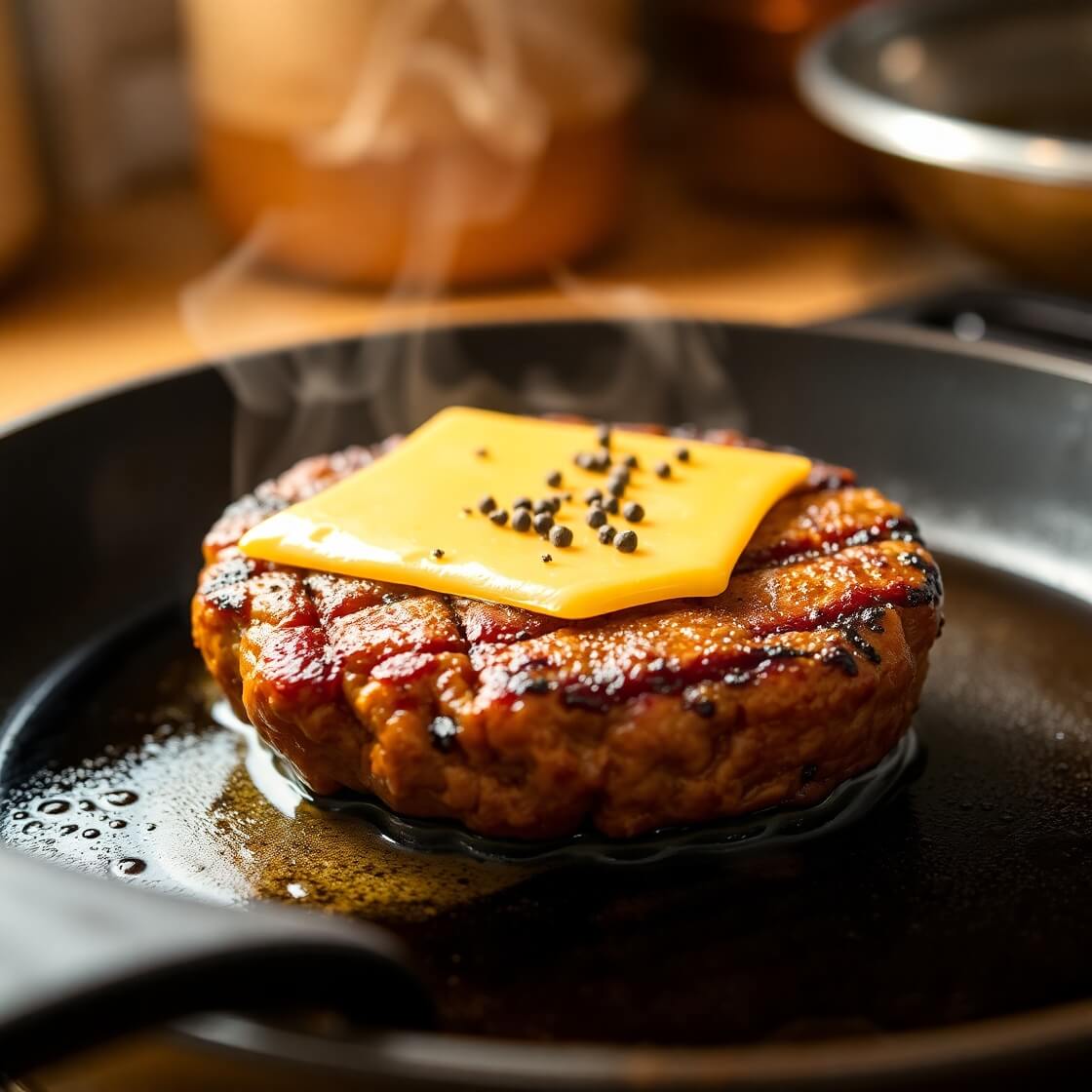
There’s something almost magical about the smell of sizzling beef on a summer evening. I still remember the first time I tried making homemade hamburger patties for my family. It was a weekend backyard cookout, and I was determined to skip the frozen patties from the store. The kids were bouncing around impatiently, and my husband hovered near the grill, offering “helpful” tips that mostly involved taste-testing.
I learned quickly that making burgers from scratch isn’t just about shaping the meat—it’s about layering flavor, knowing your ingredients, and trusting your instincts. My first batch was slightly over-seasoned, but the aroma alone had everyone leaning in. By the second batch, I’d hit the perfect balance: juicy, flavorful, and tender patties that didn’t shrink into hockey pucks on the grill. Since then, homemade burgers have become our weekend ritual, a mix of experimentation and comfort, and the stories that go with them make each bite even better.
Choosing Ingredients That Make a Difference
I’ve learned over the years that the key to a great burger starts long before the meat hits the pan. First, the ground beef. I usually go for 80/20 beef—that’s 80% lean, 20% fat. Too lean, and your burger turns out dry; too fatty, and it’s a greasy mess. If I’m at the farmer’s market, I’ll even ask the butcher for a blend of chuck and brisket—it adds a depth of flavor that’s hard to beat.
Seasoning is deceptively simple. Salt and freshly cracked black pepper are the stars, but I sometimes add garlic powder or smoked paprika for a subtle kick. Some cooks swear by Worcestershire sauce or Dijon mustard mixed right into the meat; I like to brush a thin layer on the patty before grilling. It’s these small touches that separate a run-of-the-mill burger from something memorable.
Even the buns matter. Brioche or potato buns are my go-to because they’re soft yet sturdy enough to hold all the toppings without falling apart. Fresh lettuce, ripe tomato, thinly sliced red onion, and sharp cheddar are classic, but a quick swipe of aioli or mustard can elevate the whole burger experience.
Finding the Perfect Flavor Balance
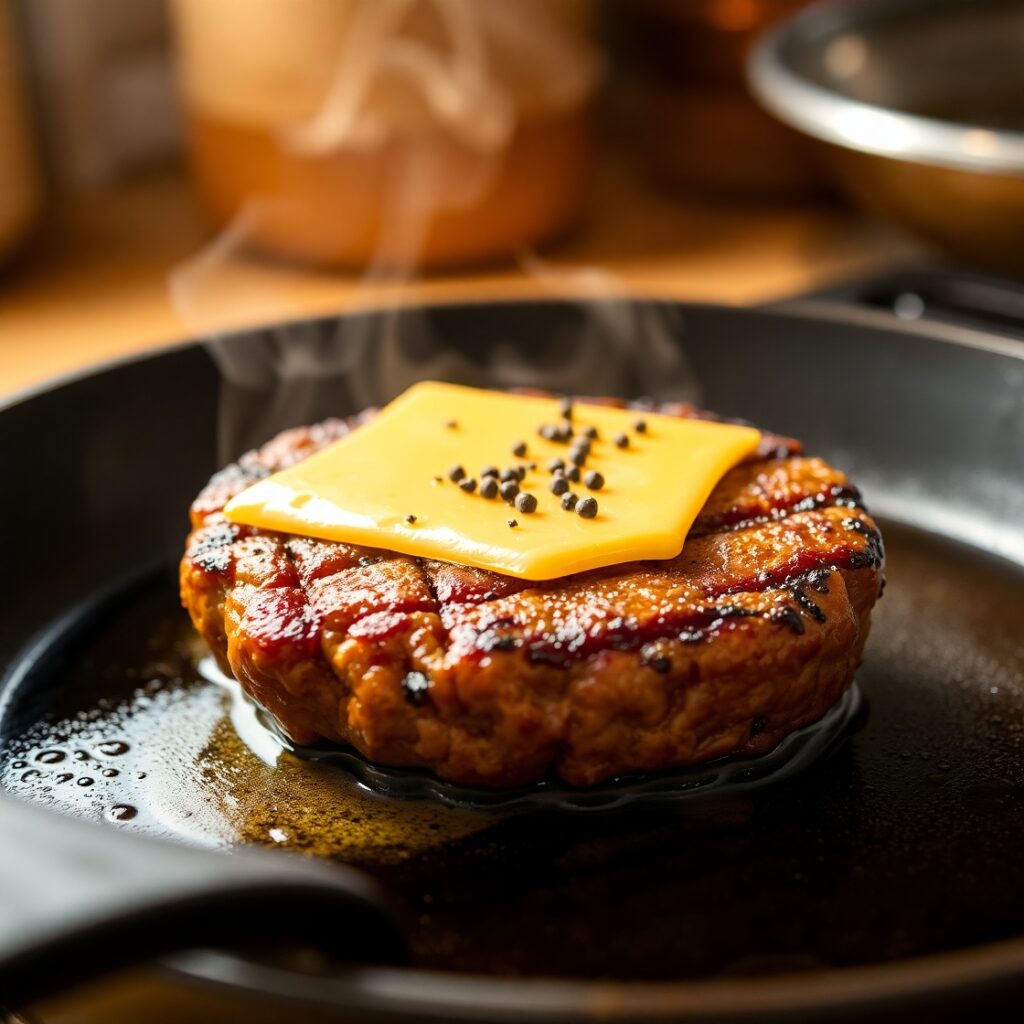
The magic of a homemade burger is in the balance of textures and flavors. A good patty is juicy without being greasy, tender without falling apart, and seasoned enough to bring out the meat’s natural richness. When I cook, I like to form slightly larger patties than the bun, because they shrink during cooking. Pressing a small indentation in the center with your thumb prevents the patties from puffing up—something I learned after one particularly stubborn batch that looked like meatballs.
Grill marks aren’t just for show—they indicate a good Maillard reaction, that caramelized crust that adds complexity to every bite. I’ve found that cooking over medium-high heat works best. Too hot, and the outside chars while the inside remains undercooked; too low, and the patty stews in its own juices. I love that moment when the aroma fills the backyard, and everyone can tell the burger is almost ready just by the smell.
Quick Cooking Time Snapshot
Even a simple dish benefits from a time plan. Here’s a quick snapshot of the flow for homemade hamburger patties:
- Prep time: 15–20 minutes (including seasoning and forming patties)
- Cook time: 8–12 minutes (depending on thickness and doneness)
- Total time: ~30 minutes from fridge to plate
Having a sense of timing keeps things smooth, especially when juggling multiple patties on the grill or stovetop. I usually make all my patties ahead of time, so I can focus on the sides and toppings without feeling rushed.
Step-by-Step Guide to Juicy Homemade Patties
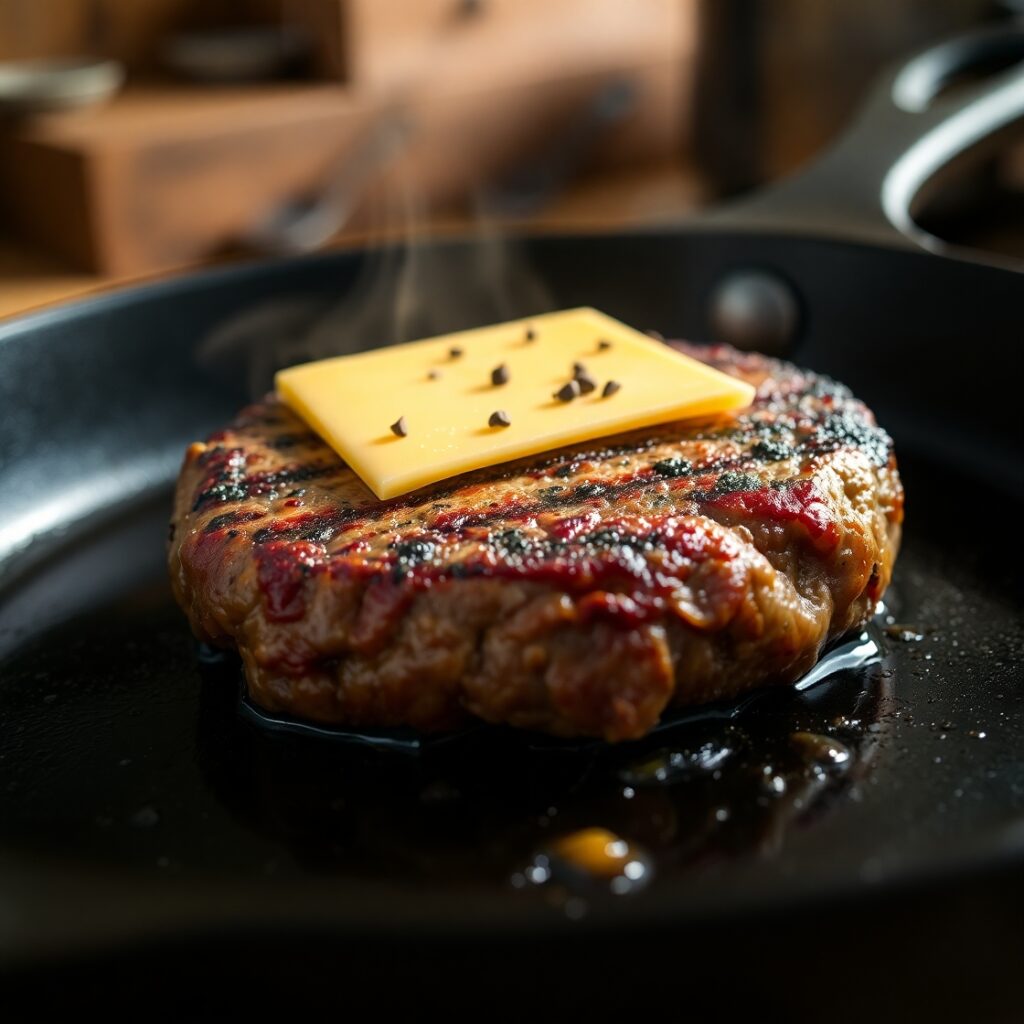
Preparing the Meat
Start with cold ground beef. I like to mix seasonings gently in a large bowl—too much handling makes the patties dense. If I’m feeling fancy, I’ll add a teaspoon of Worcestershire sauce or a sprinkle of smoked paprika. Use your hands to combine everything, but resist the urge to overwork it.
Forming the Patties
Divide the meat into 6–8 portions, depending on your desired burger size. Roll each portion lightly into a ball, then flatten it into a patty about three-quarters of an inch thick. Remember the thumb indentation trick—it keeps the patties flat while cooking.
Cooking on the Grill or Stovetop
Preheat your grill or skillet to medium-high heat. If using a skillet, a light coat of oil prevents sticking. Place the patties on the hot surface, and don’t press them down—juices escaping equals dry burgers. Cook for about 4–5 minutes per side for medium, adjusting based on thickness. The telltale sign is the juices starting to pool on top.
Topping and Resting
Once cooked, remove the patties and let them rest for a few minutes. This allows the juices to redistribute, making every bite succulent. Layer your toppings—cheese, lettuce, tomato, onions—and toast the buns lightly if you like that extra crunch.
Print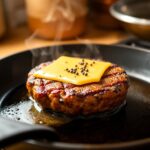
Homemade Hamburger Patties
- Total Time: 30 minutes
- Yield: 4 1x
- Diet: Low Calorie
Description
There’s nothing quite like a juicy, flavorful homemade hamburger patty—and once you master this recipe, you may never go back to frozen. With simple ingredients and a few expert techniques, you’ll create beef patties that are juicy on the inside, lightly crisped on the outside, and perfect for any burger topping combo. Ideal for weeknight dinners or backyard BBQs, these patties deliver serious flavor with minimal fuss.
Ingredients
- 1 lb ground beef (80/20 blend)
- 1 tsp kosher salt
- ½ tsp freshly ground black pepper
- ½ tsp garlic powder
- ½ tsp onion powder
- 1 tsp Worcestershire sauce
- 2 tbsp ice-cold water (optional)
Instructions
- In a large bowl, gently combine ground beef with salt, pepper, garlic powder, onion powder, and Worcestershire sauce.
- Divide into 4 equal portions and shape each into a ¾-inch thick patty. Press a small indentation in the center with your thumb.
- Chill patties in the refrigerator for 10–15 minutes.
- Heat a grill or skillet over medium-high heat.
- Cook patties 4–5 minutes per side, flipping once, until desired doneness is reached.
- Let rest for 2–3 minutes before serving.
Notes
- Don’t overmix the beef—keep handling to a minimum.
- Pressing an indentation in the center prevents puffing during cooking.
- Letting the patties rest after cooking helps them stay juicy.
- Prep Time: 10 minutes
- Cook Time: 10 minutes
- Category: Main Dish
- Method: Grilling or Pan-Frying
- Cuisine: American
Nutrition
- Serving Size: 4
- Calories: 265
- Sugar: 0g
- Sodium: 470mg
- Fat: 20g
- Saturated Fat: 8g
- Unsaturated Fat: 11g
- Trans Fat: 0.5g
- Carbohydrates: 0g
- Fiber: 0g
- Protein: 20g
- Cholesterol: 80mg
Pro Tips and Mistakes to Avoid
I’ve had my fair share of burger mishaps. One weekend, I pressed down too hard on the patties while cooking—they turned flat, dry, and less than appetizing. Lesson learned: never press the patty while it’s on the grill or skillet.
Here are some pro tips I’ve picked up over the years:
- Keep meat cold until the last minute: Warm beef is harder to form and tends to fall apart.
- Indent the center: A small thumbprint in the middle prevents bulging patties.
- Rest the patties after cooking: Five minutes is usually enough for juices to redistribute.
- Cheese timing: Add cheese in the last 30–60 seconds of cooking and cover the pan or close the grill lid to melt evenly.
- Season generously: Salt at the right moment enhances flavor without drying the meat.
I also learned the value of testing a small piece of patty on the pan first. It helps gauge seasoning and doneness, and ensures you don’t ruin a whole batch if adjustments are needed.
Storing and Making Ahead
If you want to prep ahead, homemade patties freeze beautifully. I usually shape the patties, place them on a parchment-lined tray, and freeze individually for a couple of hours. Once solid, they can go into a freezer-safe bag. They’ll keep for up to 3 months and can go straight from the freezer to the pan or grill with slightly longer cooking time.
Leftover cooked patties can be refrigerated for 2–3 days. Reheat gently in a skillet or oven—microwaving tends to make them dry. I sometimes turn leftover patties into burger bowls with fresh greens and roasted vegetables, giving them new life for a quick lunch.
Frequently Asked Questions
Can I use leaner beef?
Yes, but add a bit of olive oil or a small egg to help retain moisture. Lean beef dries out faster, especially on the grill.
How do I know when the burgers are done?
For medium, cook until the internal temperature reaches 160°F (71°C). The juices should run clear, and the patty will spring back slightly when pressed.
Can I make the patties ahead of time?
Absolutely. Form and freeze uncooked patties, or cook them in advance and refrigerate for a day or two. Reheat gently to preserve juiciness.
What’s the best bun for these burgers?
Soft buns like brioche or potato work best—they support the patty without overpowering it. Toast lightly for texture and flavor.
Can I add other ingredients to the meat?
Yes! Some people like diced onions, chopped herbs, or grated cheese mixed in. I prefer seasoning externally, so the meat cooks evenly and juices stay intact, but either method works depending on your preference.

